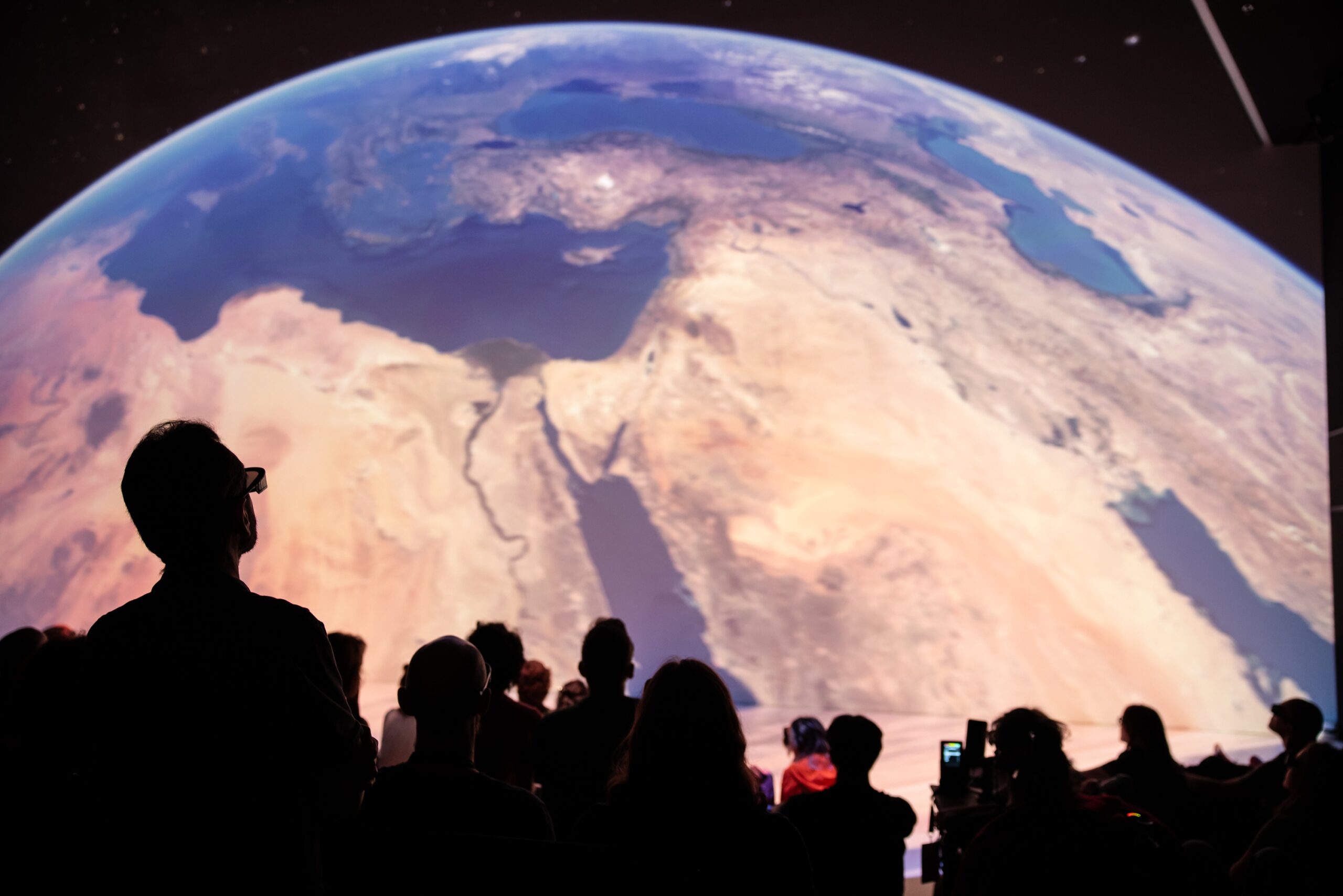The ORF is once again inviting visitors to the Long Night of Museums. Museums and galleries throughout Austria will be opening their doors and welcoming culture-loving night owls until late in the evening.

SA 4.10.2025, 18:00–24:00
Price: €19, reduced: €16 (for schoolchildren, students, seniors, people with disabilities, military personnel, and Ö1 Club members)
Free admission for children under 12
Language: German
Seats for guided tours available at the information desk!
A diverse program awaits you at the Ars Electronica Center: our themed tours offer amazing insights into the world of artificial intelligence and the complex interrelationships of our planet. For young visitors, the Kid’s Research Lab offers the opportunity to discover the future in a playful way. And in Deep Space 8K, you can experience a fascinating program in the highest image quality.
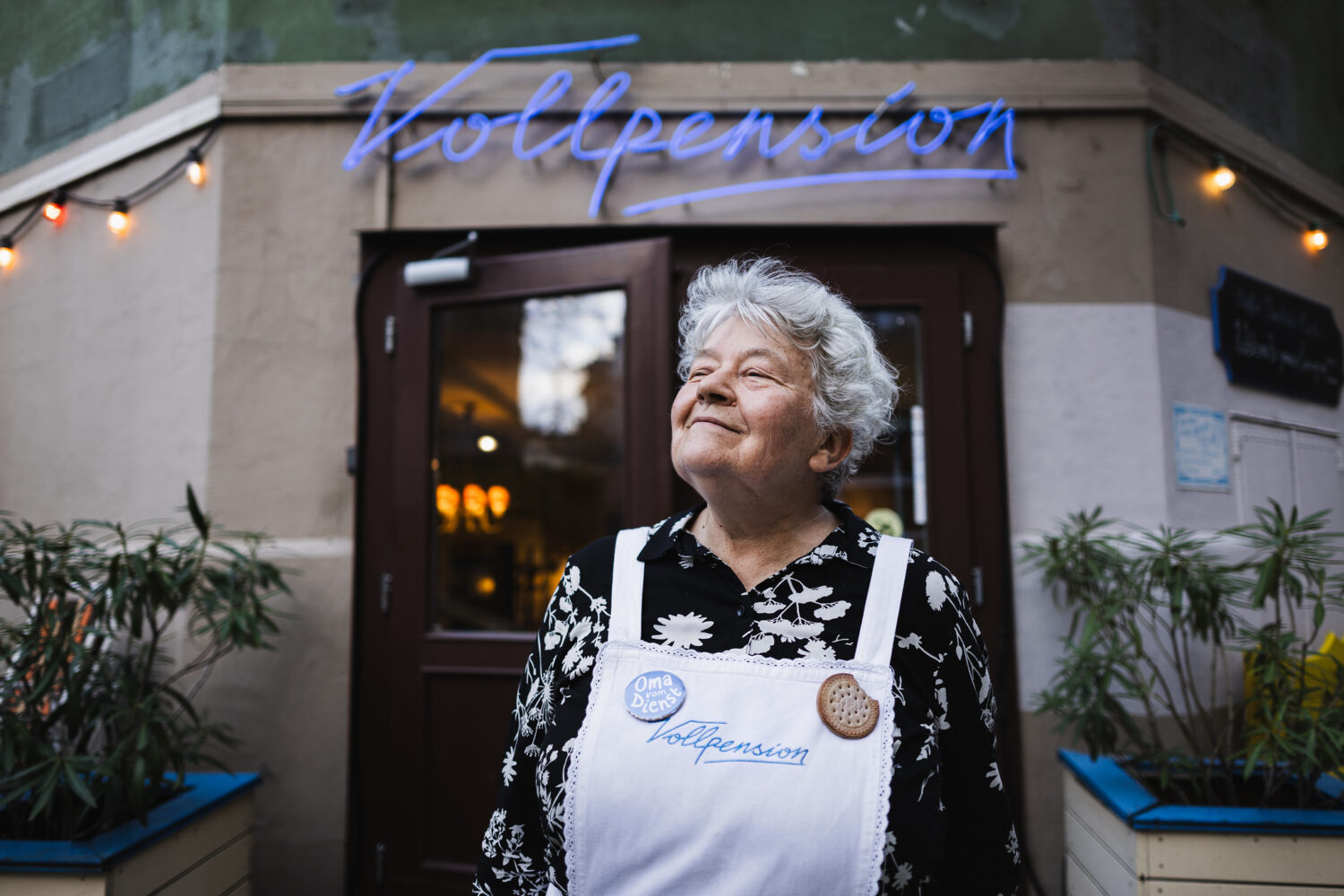
Exhibition: Pictures.Of.Tomorrow
What if you had three minutes to change the world? What story would you tell? Regardless of age, gender, background, and everything else that makes us diverse—how would you inspire others? The interactive photo and video exhibition Bilder.Von.Morgen (Pictures.Of.Tomorrow) by Christian Zeilinger, Nina Unger, Daniel Schaler, and Marjorie Etukudo shows the positions of different personalities and invites you to become part of these moving stories about social cohesion.
Guided Tours
Highlight Tour
19:00–20:00
20:00–21:00
21:00–22:00
Registration and meeting point at the information desk
Artificial Intelligence and the relationship between humans and machines are the focus of the exhibitions at the Ars Electronica Center. A highlight tour will give you the opportunity to explore the main themes of the exhibitions from different perspectives.
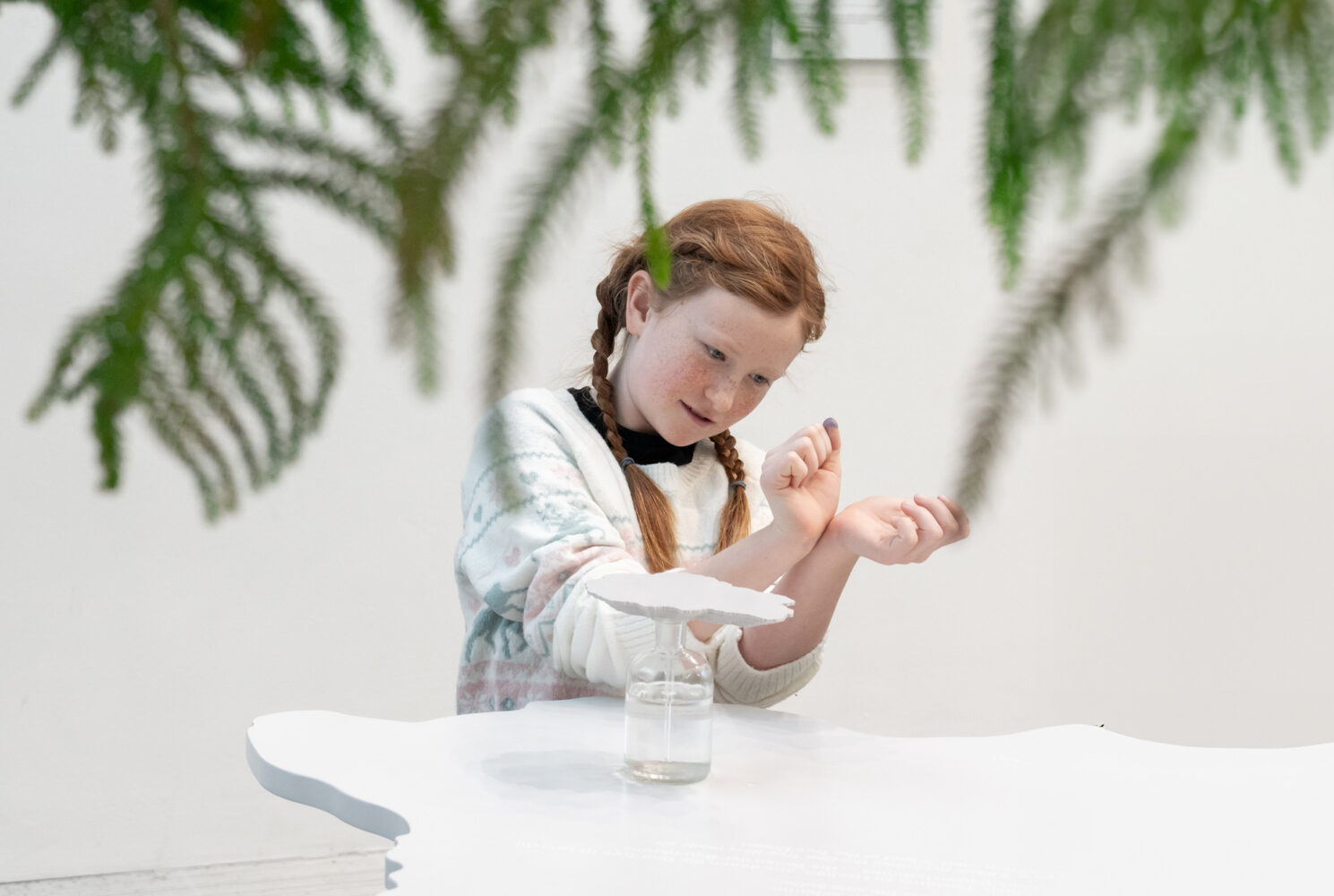
Radical Connection
18:30–19:30
21:30–22:30
Registration and meeting point at the information desk
This topic tour shows the close interrelationship between the environment and humans through impressive works of art and interactive scientific models. Inspired by the term radical—derived from radix (root)—roots serve as a symbol for symbiotic networks. The Connected Earth exhibition invites visitors to deepen their systemic thinking and reflect on complex interrelationships on our planet.
KI & You
19:30–20:30
Registration and meeting point at the information desk
Artificial intelligence versus natural intelligence – what are the differences and similarities? How do machines “think,” how do they learn, and what distinguishes us humans from machines? What significance do the rapid advances in AI have for all of us? On this guided tour of the Understanding AI exhibition, you will gain insight into the most important technical aspects of AI while also learning about creative applications.
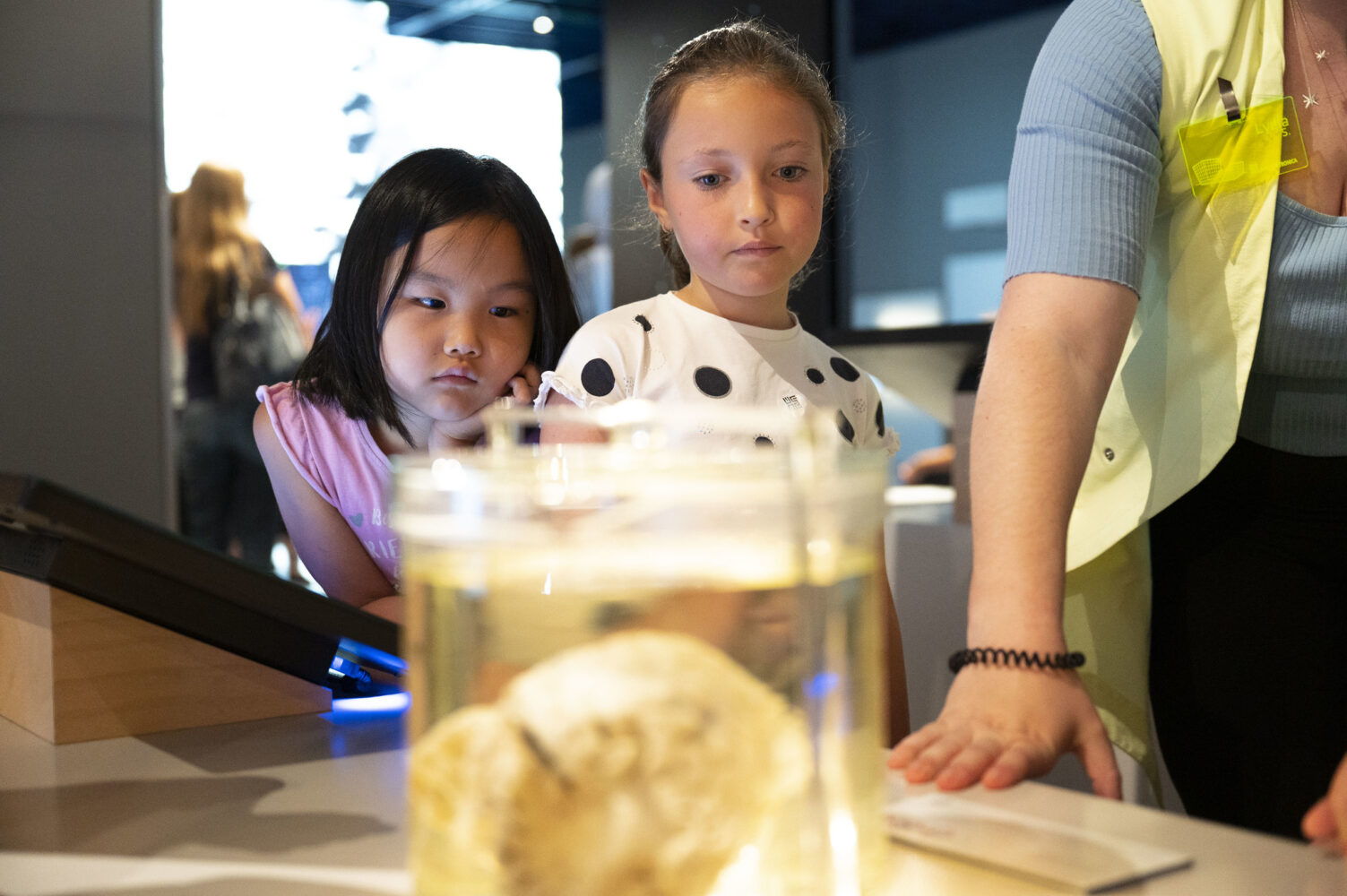
From the glass to the black box
20:30–21:30
Registration and meeting point at the information desk
Did you know that the brain has a navigation system or that you can use it to control not only your own body but also computers? On this tour, we take a close look at the human brain: through our eyes, as a specimen in a jar, and as a digital visualization. We experience how malleable the brain is through training and what a biological brain can do with a “black box” such as a machine.
Deep Space 8K
Deep Space Selection
18:00, 20:00, 21:00, 22:00, 23:00 (Duration: 25 Min.)
Deep Space 8K, Level 0
At Deep Space Selection, we present a selection from our diverse program, which we have been continuously developing since 2009. You can expect exciting stories and immersive experiences in impressive image quality and brilliant colors from the fields of media art, science, technology, interaction, and action.
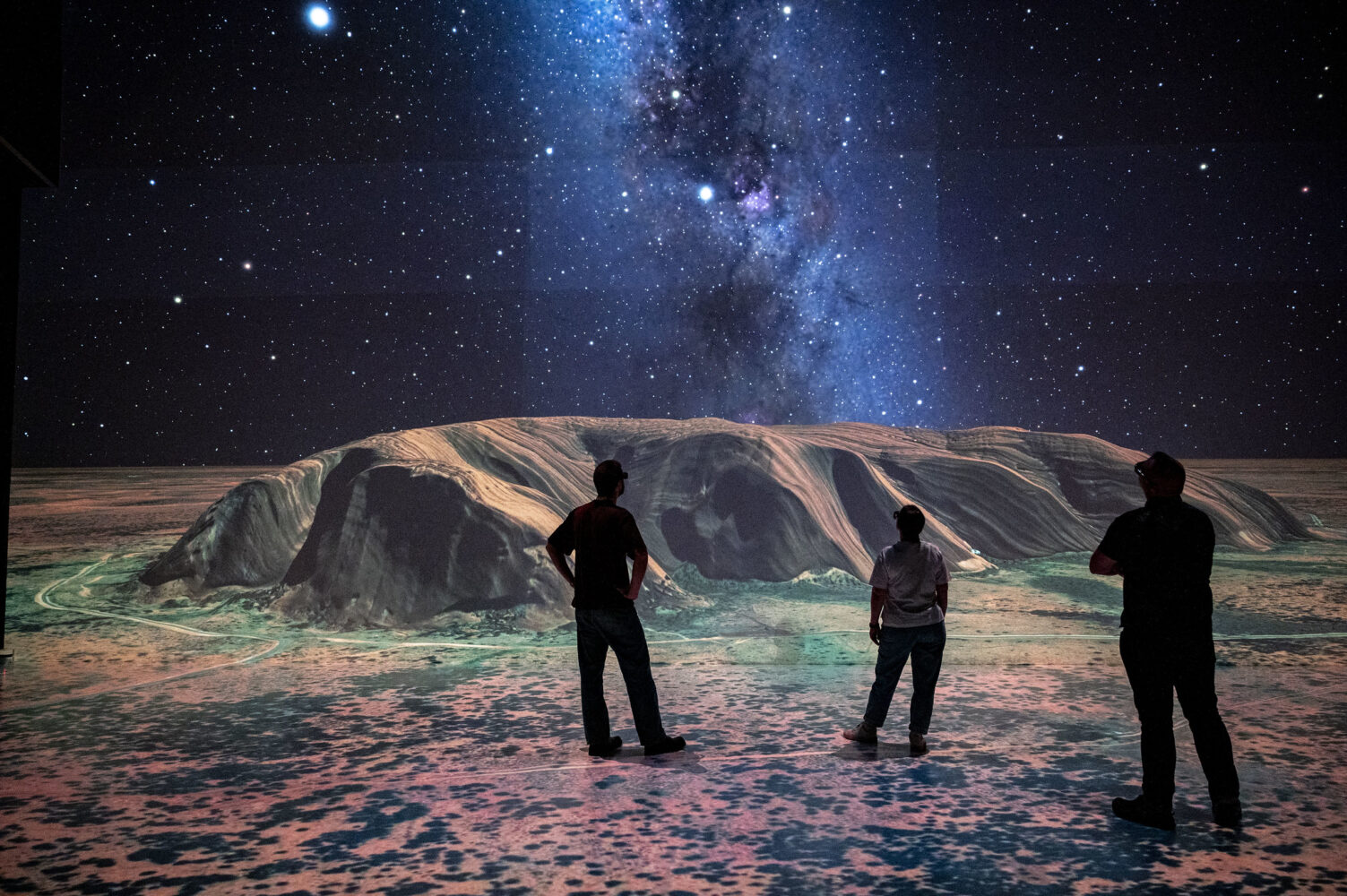
Cultural Astronomy
18:30–18:55
20:30–20:55
Deep Space 8K, Level 0
The sun shining through Stonehenge on the summer solstice, the Milky Way rising over Machu Picchu, or the equinox at the top of Angkor Wat. Cultural Astronomy is a breathtaking 3D journey across five continents that brings impressive cultural sites and their connections to the stars to life.
Kaiserschild Art Defined
19:00–19:25
Deep Space 8K, Level 0
With Kaiserschild Art Defined, the Kaiserschild Foundation is bringing art to life in a new way. The series kicks off with works by Pieter Claesz, an artist from the foundation’s collection and an important representative of 17th-century still life painting. Three of his works have been digitally restored to a high standard in collaboration with museum partners. The originals and digital reproductions will be on display at the Kunsthistorisches Museum in Vienna until March 15, 2026. The high-resolution images will be shown in Ars Electronica Deep Space 8K during the Long Night of Museums on October 4.
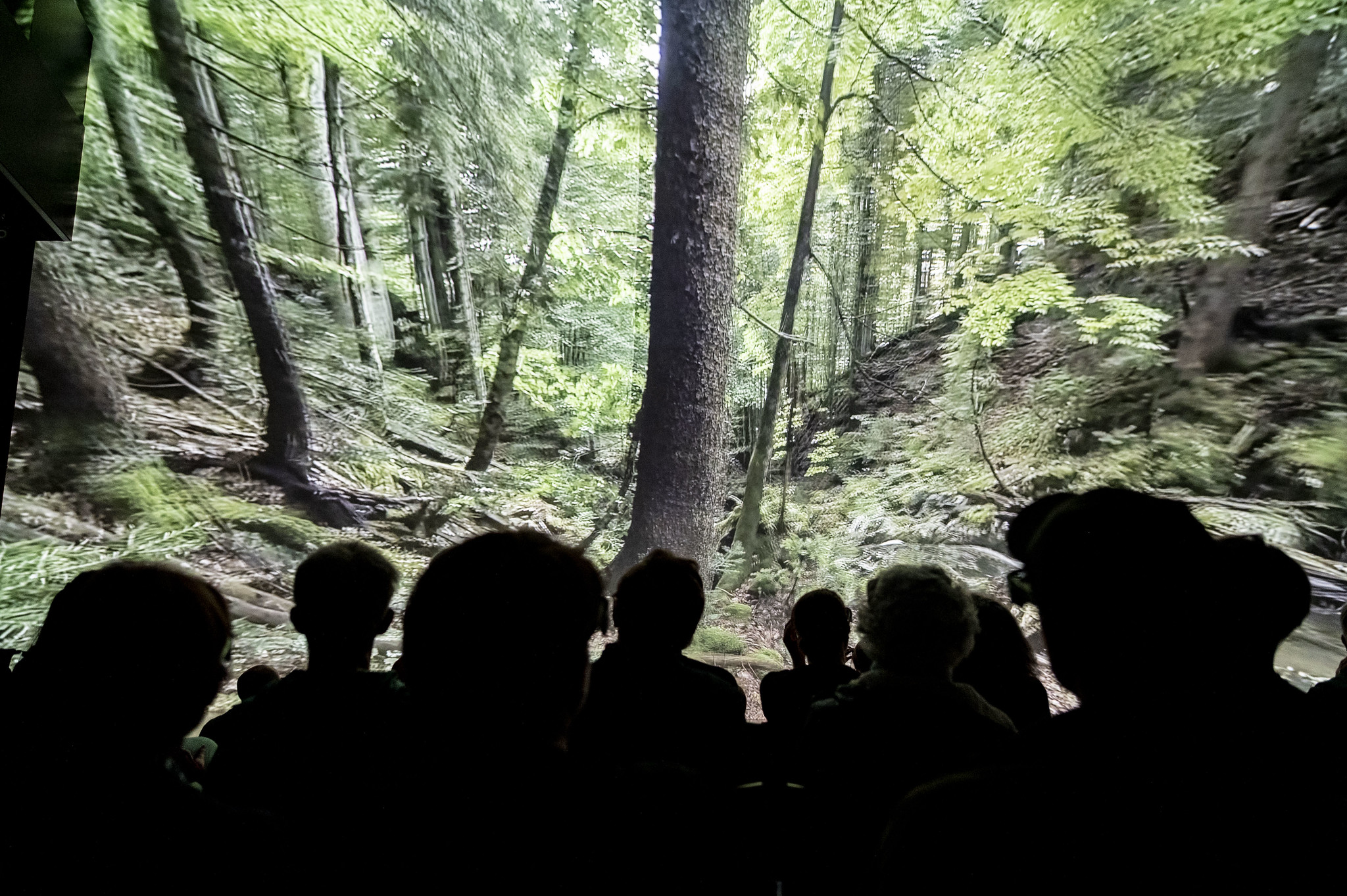
Connected Life
19:30–19:55
Deep Space 8K, Level 0
No organism stands alone—every cell, every fungal network, every tree is part of a larger whole. From Austria’s last primeval forest to the microbes that permeate plants, animals, and soils, life on Earth is a finely tuned system of relationships.
A Special Place
22:30–22:55
Deep Space 8K, Level 0
What could a future look like in which humans and nature are no longer opposites, but part of a living, sustainable whole? And what makes Earth—our blue home planet—so unique that it can support life at all? A Special Place takes you on a visual journey into a possible future for life on Earth and into the vast expanses of the universe.

Place To Play
23:30–23:55
Deep Space 8K, Level 0
Full commitment is required when Deep Space 8K becomes a space for interactive games and artworks. Students from the University of Applied Sciences Upper Austria Campus Hagenberg and the University of Art and Design Linz have developed games and exciting interactive works that require full physical engagement.
Open Engagements
Full Power!
18:00–20:00
Connected Earth, Level +1
from 8 years
Hydrogen is considered a promising source of energy on the path to climate-neutral energy supply. However, this will probably only work with green hydrogen—hydrogen produced using alternative energies. We use the electrolysis model in the Connected Earth exhibition to illustrate the production process. In the workshop, we can produce hydrogen ourselves and use it as a fuel right away.
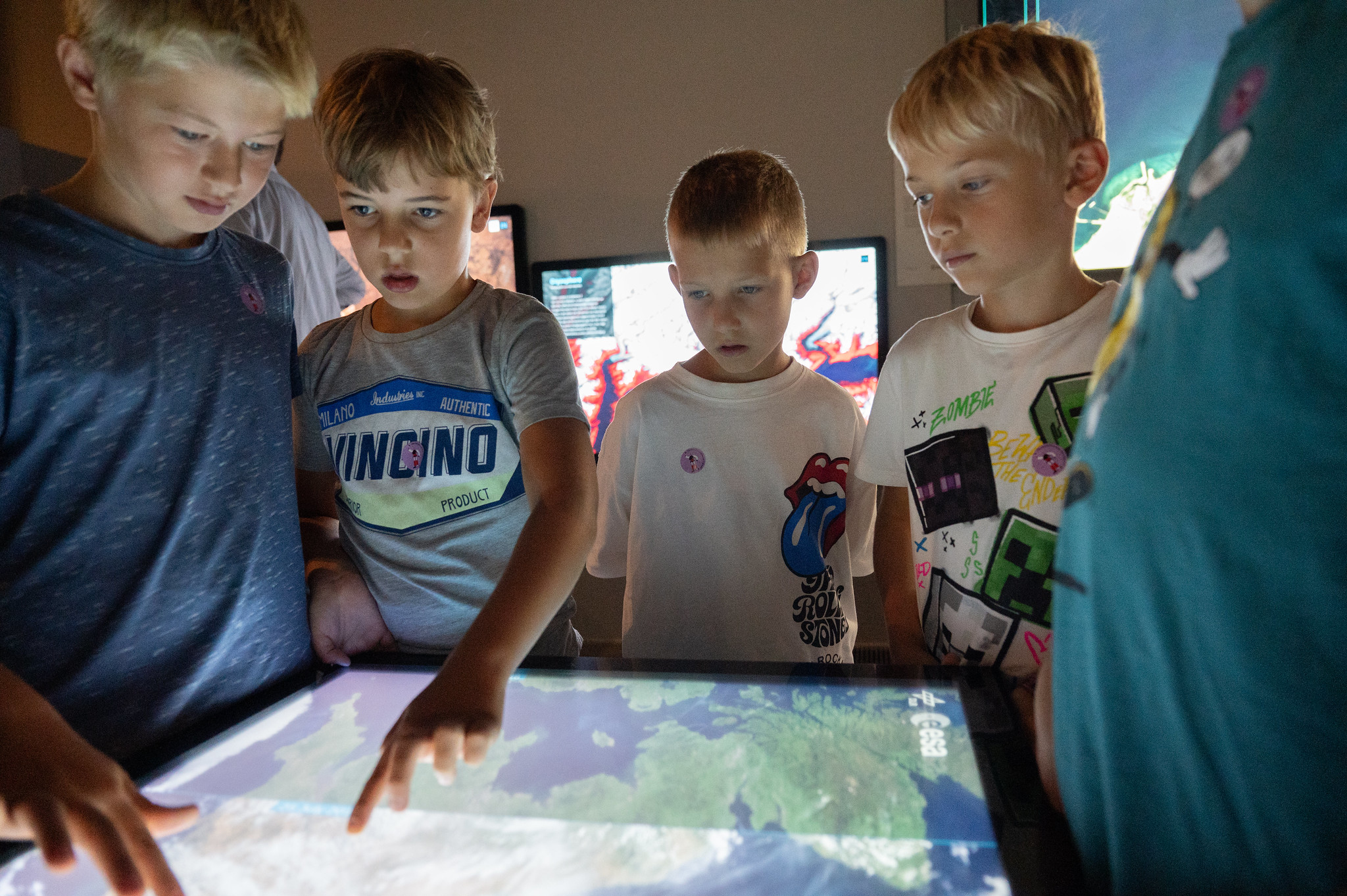
Shaping the World
18:00–22:00
all ages
CitizenLab, Level -1
We humans are changing our planet so radically that it can even be seen from space – satellites show us the world from above. In this workshop, we will form our own picture of the world by measuring it with our hands, feet, and sensors. How would you change the world to make it the best place in the universe?
Experience and Explore Climate Change
18:00–24:00
10–13 years
Machine Learning Studio, Level -3
How do you feel climate change? As part of the Citizen Science project Climate Agents, we invite you to participate in our interactive station. Tell us about your personal experiences with climate change—digitally recorded with Survey123 and visualized in a StoryMap. This is an open offer for families and anyone interested in technology, the environment, and research.
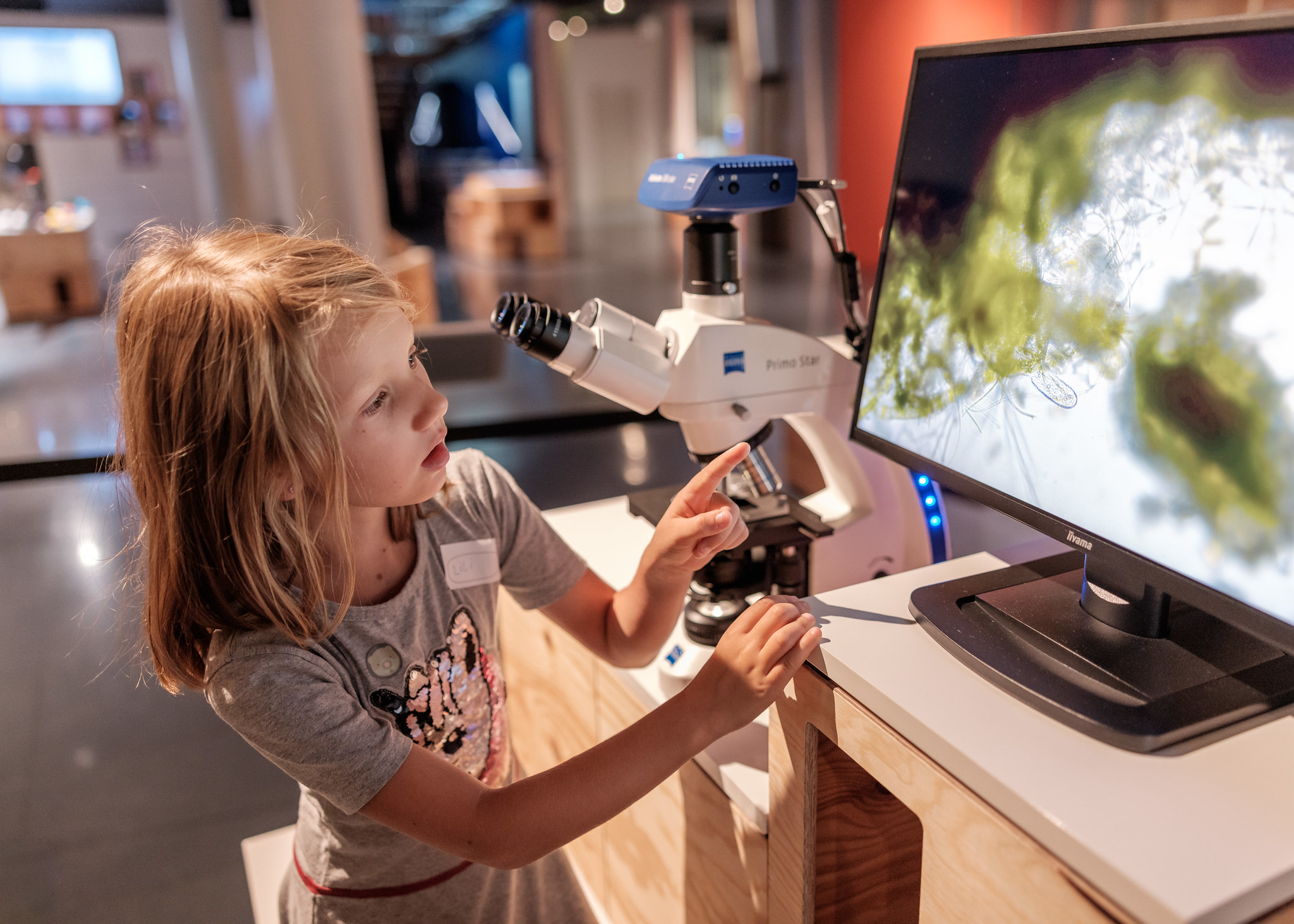
CSI Petridish
19:00–22:00
all ages
BioLab, Level -1
Crime Scene Pond – What happened to our tardigrades? In this program, visitors learn how to use a microscope and the basics of microscopy. They examine various samples from water cultures to find out who ate our tardigrades.
The World in my Head
20:00–22:00
from 10 years
NeuroExperienceLab, Level -3
How do your brain cells react to environmental changes? Put on the EEG cap (electroencephalography) and observe your brain waves live while you look at images. A brain-computer interface (BCI) measures your unconscious reactions and shows which motifs particularly appeal to your synapses. Be surprised by the unconscious reactions revealed by your brain activity—and experience research up close!
Space Gallery
21:30–23:00
from 3 years
Seminar Room. Level -1
Let your creativity run wild and design your own space artwork! Whether it’s futuristic technologies, solar eclipses, brave astronauts, or mysterious moons – the European Space Agency’s monthly creative competition always focuses on a new and fascinating theme. The winning artworks will be displayed in the Space Gallery on the ESA website. Be curious to see what theme awaits you in the Open Workshop Space Gallery!
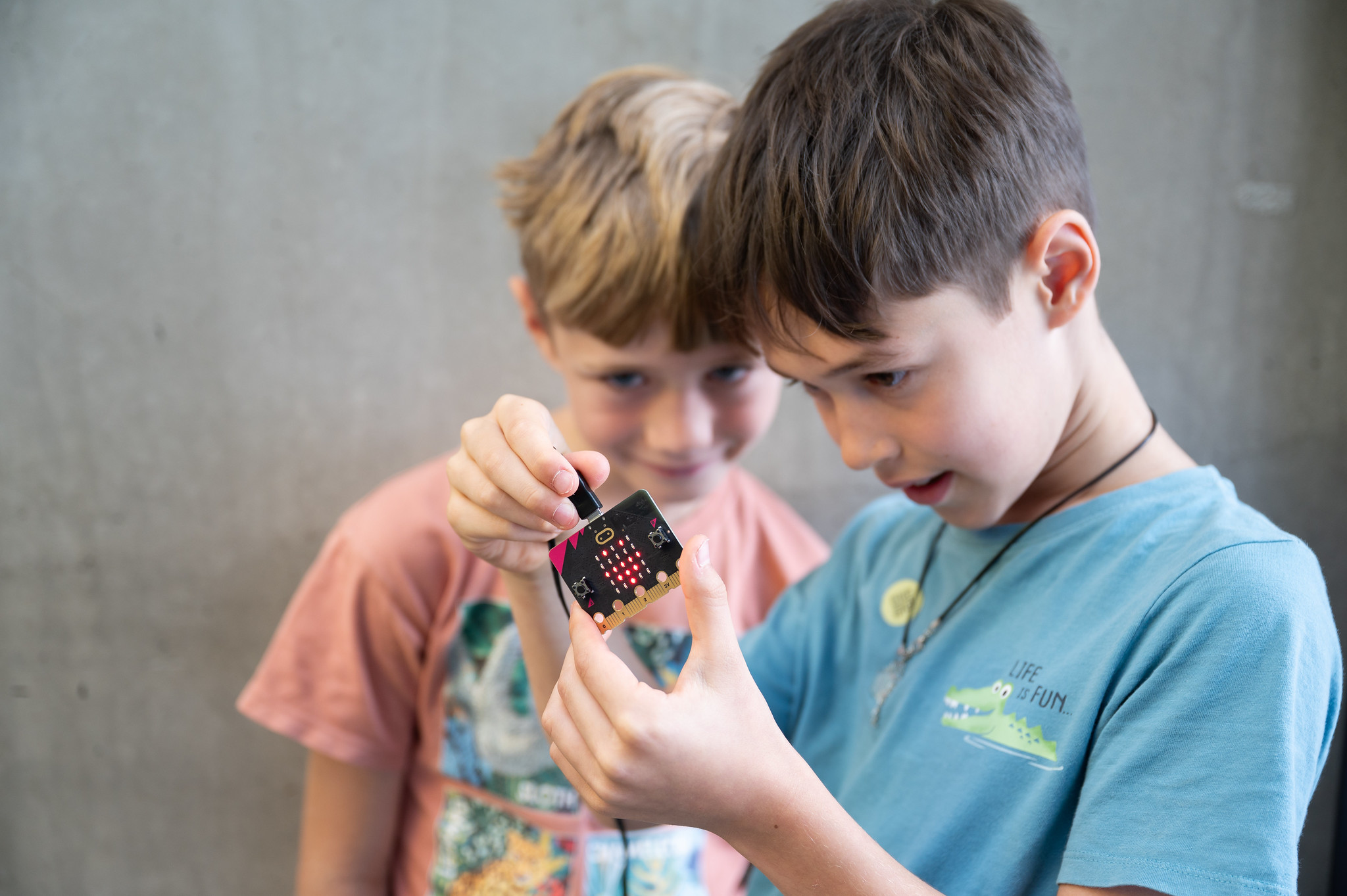
A micro:bit of Space
21:30–23:00
from 8 years
Seminar Room. Level -1
Discover the secrets of the universe and get to know the BBC micro:bit! In this workshop, you will take on the role of researchers and experiment with a microcontroller. You will take your first steps in programming and experience how you can use your newly acquired skills for a space mission.
Presentations
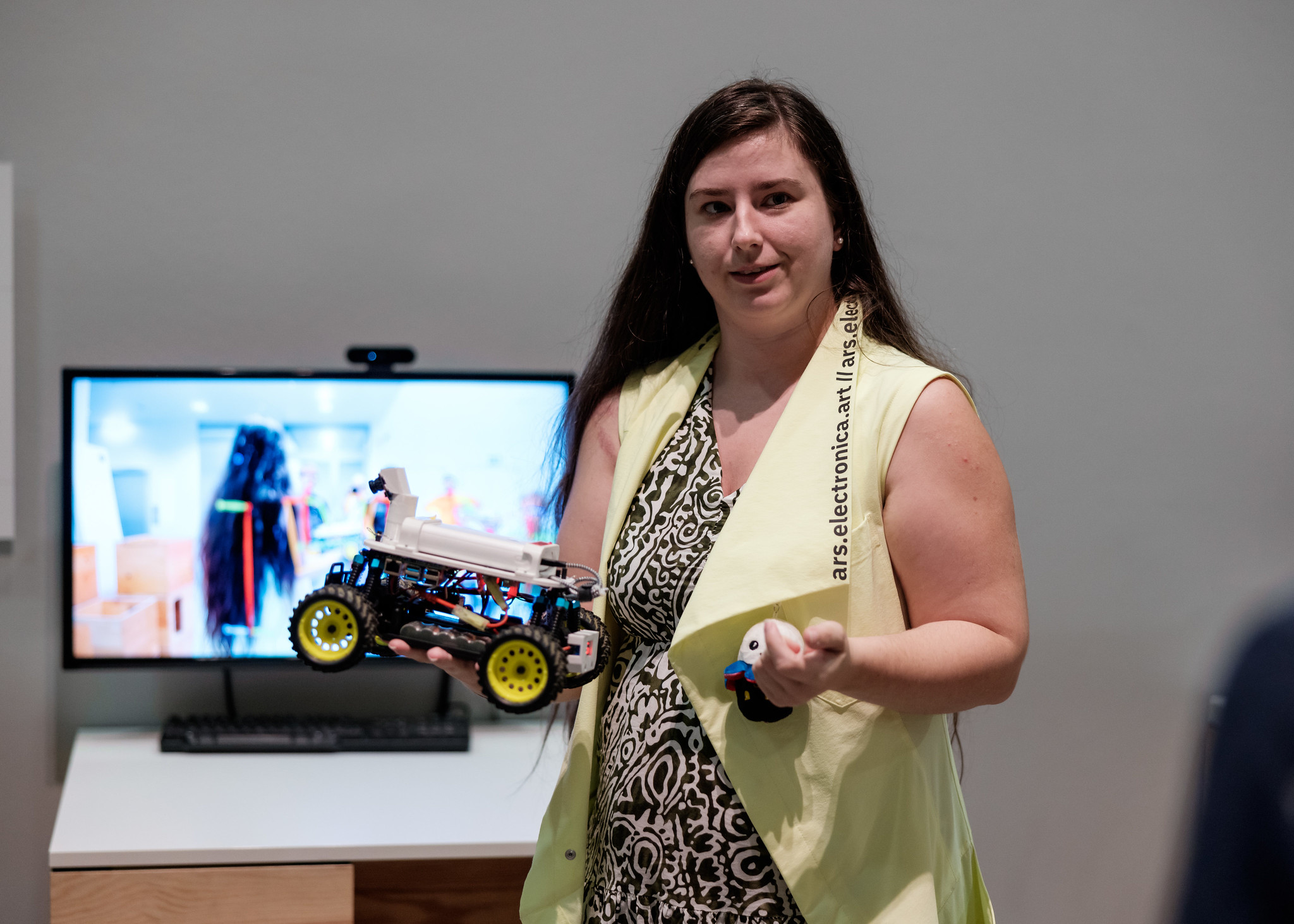
Donkey Cars
19:15 und 21:15 (Duration: 20 Min.)
Machine Learning Studio, Level -3
Robots are autonomous machines—such as self-driving cars that navigate without human control. A donkey car is a miniature vehicle that is trained to navigate a course independently and master complex situations. This requires AI to support its learning. But how do machines learn? As a personal trainer, you will take an active role and train a vehicle.
Future Green Hydrogen
20:00 (Duration: 20 Min.)
Connected Earth, Level +1
Renewable energy can be used to split water into hydrogen and oxygen. This produces green hydrogen, a versatile energy carrier that makes solar power storable and can supply industry, mobility, and electricity and heat generation with climate-friendly energy. In this presentation, WIVA P&G shows how this technology can shape our future.
Animate the Facade
21:00–23:00
Ars Electronica Center Facade
As part of the ‘Animate the Facade’ workshop, which was part of the Kids’ University programme at FH Wels, FH Hagenberg and VHS Linz in July 2025, young people created creative animations for the Ars Electronica façade.
Using a user-friendly digital tool, the children drew individual images (frames), which were then combined to form a lively stop-motion animation. The young people were given free rein to let their imaginations run wild. Fish swim across the Ars Electronica Center and are reflected in the Danube. A chain reaction of exploding stars. A dog running across the façade. A fantastic, colourful play of colours and much, much more.
